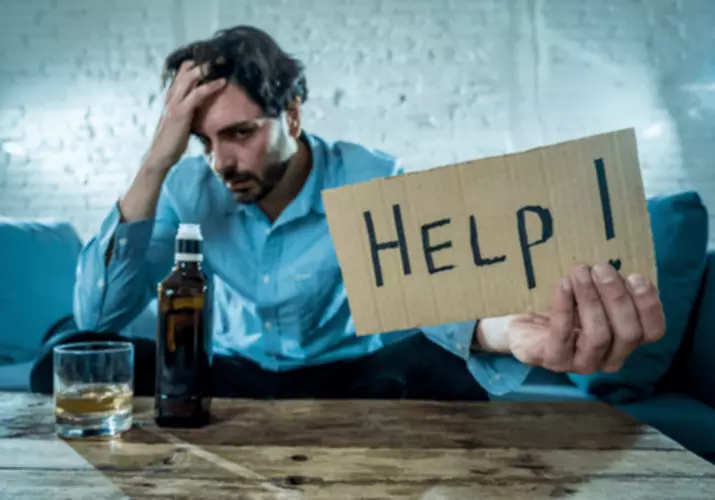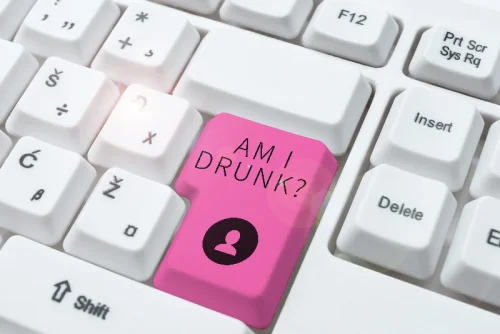Blog
Preventing, Recognizing, and Treating Opioid Overdose

Taken for too long or in high amounts, they can be highly addictive. « If you use opioids for the intended purpose, you ideally should get no high, » Morrow says. « You get lots of side effects such as nausea and constipation. It’s really not pleasant. Doctors use an 11-point checklist to help determine if a person’s opioid use signals a deeper problem.
How to prevent opioid use disorder and opioid overdose
Then there’s the classic “opioid look” – droopy eyelids, pinpoint pupils, and speech that’s more slurred than a sailor on shore leave. It’s like their body is constantly saying, “Dude, I’m so high right now.” And speaking of being high, opioid users often experience frequent flu-like symptoms and increased pain sensitivity. It’s their body’s way of throwing a tantrum when it doesn’t get its fix. That’s why early detection and intervention are absolutely crucial.
What is opioid addiction?
Additionally, the healthcare team should empower family members and members of the lay public to support the tenets of OUD care. This may further improve a patient’s chances of successful OUD management. opioid addiction treatment The prevalence of opioid use and dependency varies by age and gender. Thus, men account for the majority of opioid-related overdoses. Women are prescribed opioids for analgesia more often than men.
Tables of opioids

This can lead to very shallow breathing or may even cause someone to stop breathing altogether. When pharmaceutical companies in the 1990s told prescribers that their opioid pain medications were not addictive, more prescribers began using them for their patients. It is a disorder in which someone is misusing opioids to the point where it is becoming difficult for them to be able to stop using them or decrease their use. The abuse can interfere with the person’s ability to perform everyday tasks, like go to work or school. Get professional help from an online addiction and mental health counselor from BetterHelp. Some families choose to hold an intervention when their loved one shows early signs of toxic habits.
Opioid Treatment Program Directory
Help from your health care provider, family, friends, support groups or an organized treatment program can help you overcome your drug addiction and stay drug-free. Various treatment options are available, including visiting opioid specialists and taking drugs designed to help people with addiction. A patient’s primary care doctor — or the doctor who prescribed the opioid — can help assess the situation and recommend options. The differential diagnosis of OUD includes malingering and other substance abuse disorders.


Met-enkephalin is widely distributed in the CNS and in immune cells; [met]-enkephalin is a product of the proenkephalin gene, and acts through μ and δ-opioid receptors. Leu-enkephalin, also a product of the proenkephalin gene, acts through δ-opioid receptors. Some bacteria are capable of producing some semi-synthetic opioids such as hydromorphone https://ecosoberhouse.com/ and hydrocodone when living in a solution containing morphine or codeine respectively. Vomiting can thus be prevented by prokinetic agents (e.g. domperidone or metoclopramide). If vomiting has already started, these drugs need to be administered by a non-oral route (e.g. subcutaneous for metoclopramide, rectally for domperidone).
What Does Adderall Addiction and Abuse Look Like?
- Even people who use opioids only as prescribed by a physician can develop OUD.
- Although there are many holistic methods that can be used for heroin withdrawal, some people prefer to use the medication Suboxone.
- WHO supports countries in improving the coverage and quality of treatment programmes for opioid dependence and introducing them where they do not already exist.
- Your doctor can help you get off the drug safely so you don’t have to suffer through intense withdrawal.
- It defines people with OUD as having repeated opioid use in 12 months, leading to problems or distress.
- Research shows there is a higher rate of substance use disorder among patients with diagnoses such as depression and those who use other substances such as alcohol.

